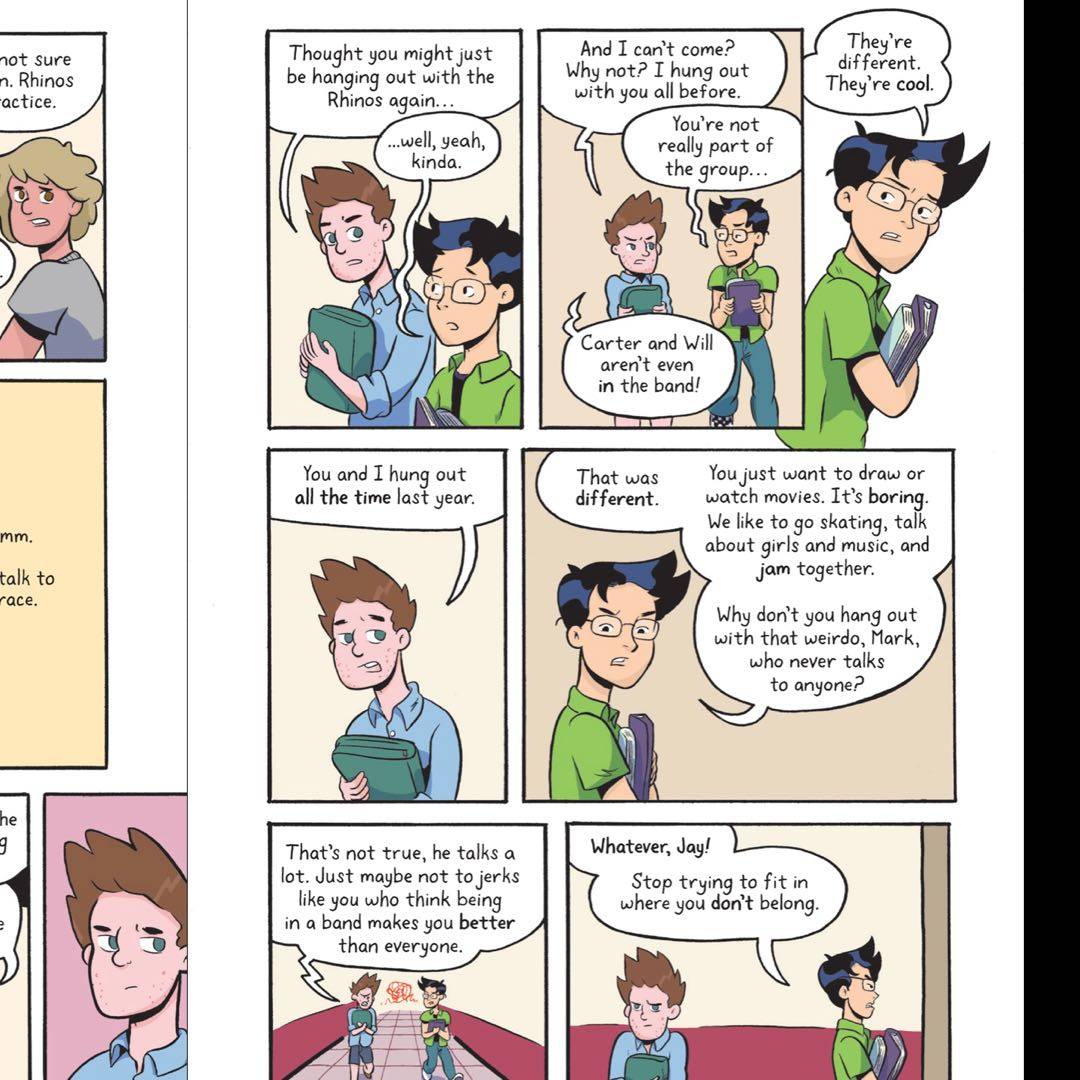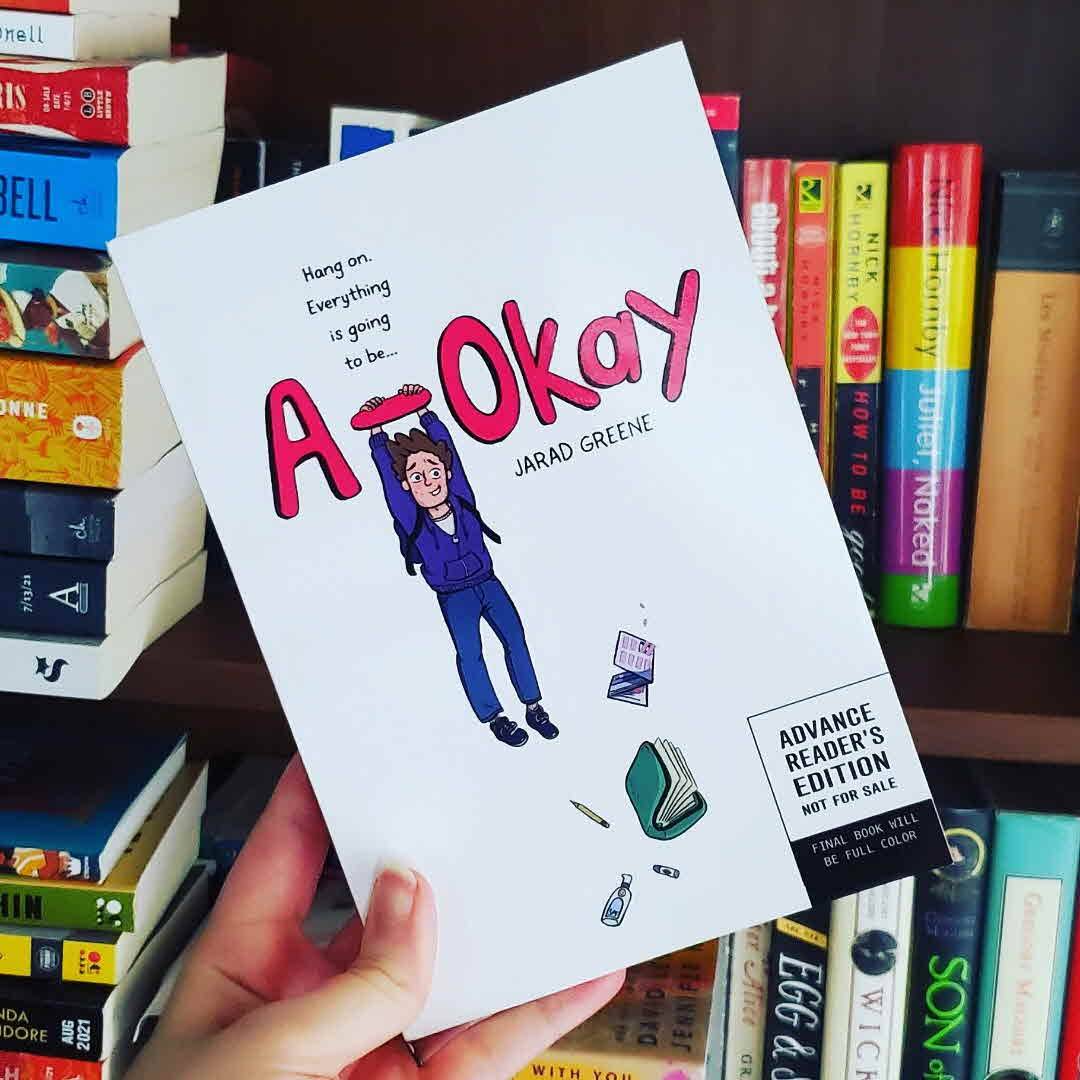This book is a great coming of age graphic novel that can be used for middle aged students to show they are not alone
This book is a great coming of age graphic novel that can be used for middle aged students to show they are not alone
This graphic novel is about a middle grade child exploring new things about their body as they go through puberty. This story is extremely relatable and very easy to read.

3.5 ⭐The A stands for both acme as well as Ace or asexual. Most of the book deals with an eighth grade Jay that has pretty severe acne. I quite enjoyed this story and watching the character grow up, and discover that they are ace. I even liked their concerns over their acne and how it affected their self-worth. This is something I think many students would feel and understand.

I wanted to love this graphic (almost)memoir about grappling with teenage problems from bullies to acne along with coming to terms with an often unspoken sexuality. I definitely connected with Greene's outsider feelings as an ace kid, but this one didn't hit the way I had hoped. Though, that's likely me expecting too much of the book than an issue with the book itself. It's that problem of the underrepresented reader demanding too much.